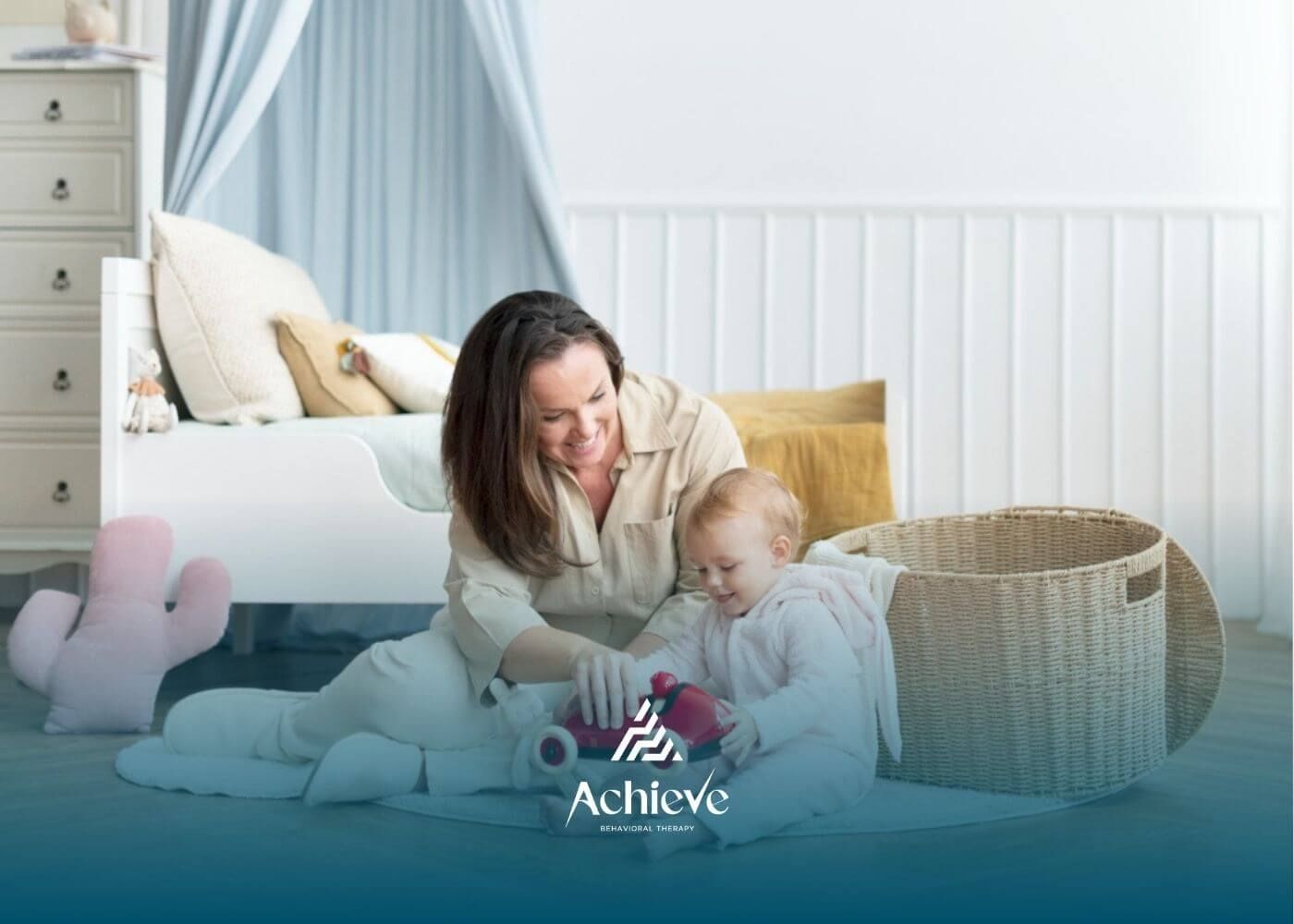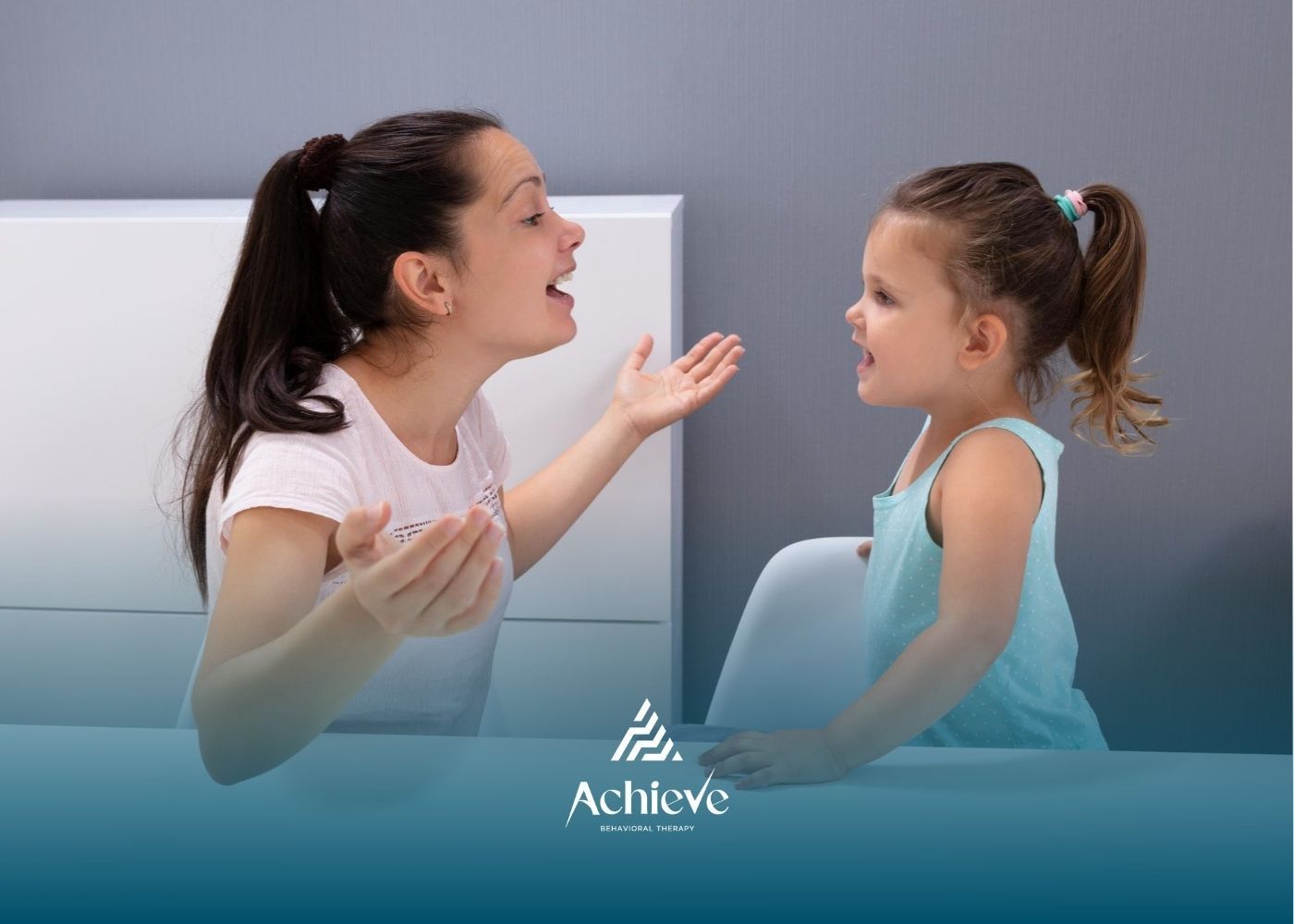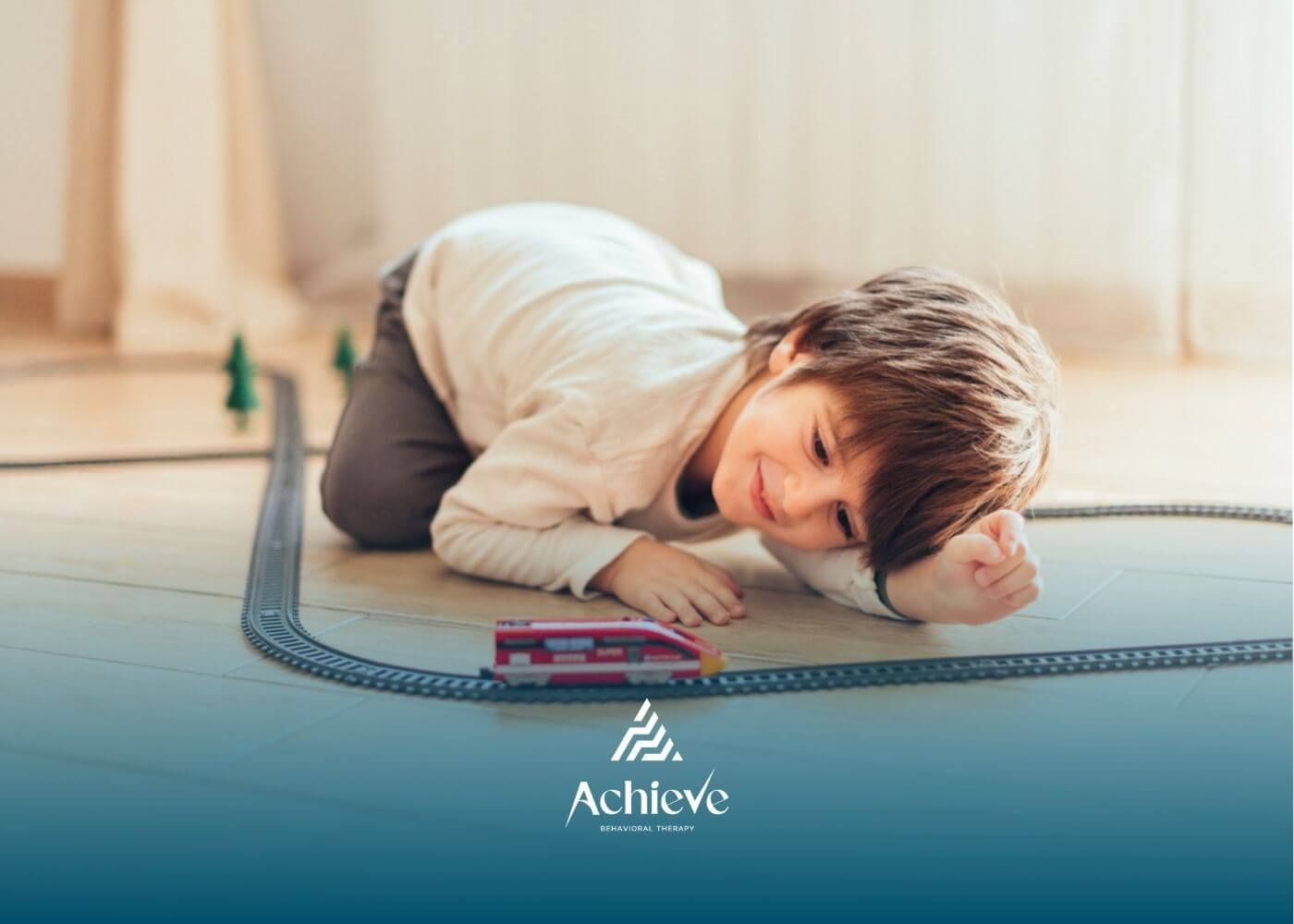Essential ABA Vocabulary for Parents Learning Autism & Behavior Support Terms

Starting ABA therapy often feels like learning a brand-new language. But once you understand the core terms used in autism therapy, everything becomes clearer and less overwhelming. This guide breaks down 20 common ABA terms parents should know, using simple language and real-life examples.
Key ABA Terms & What They Mean
1. Applied Behavior Analysis (ABA)
A science-based therapy that helps children build communication, social, and life skills using positive reinforcement and personalized goals. ABA is one of the most trusted autism therapy methods.
2. Behavior
Anything a child does — talking, playing, asking for help, stimming, crying, or refusing a task. In ABA, behavior simply means observable actions.
3. Antecedent
What happens right before a behavior. For example, a parent saying “Time to clean up.”
4. Behavior (the action)
The child's response — like saying “no,” walking away, or starting to clean up.
5. Consequence
What happens after the behavior. It could be praise, a break, or trying again. In ABA, consequence doesn’t mean punishment — it just means what happens next.
6. Reinforcement
A strategy to increase positive behaviors. This might include praise, stickers, bubbles, or access to a favorite activity. Reinforcement is the heart of positive behavior support.
7. Positive Reinforcement
Adding something a child loves (playtime, praise, high-five) to encourage a behavior. A core part of modern ABA therapy for autism.
8. Negative Reinforcement
Removing something stressful (like loud noise or a tough task) to help a child succeed. It’s not negative or punishment — it’s relief.
9. Prompt
A helpful cue to teach a skill — like pointing, modeling, or gently guiding a hand. Prompts help kids learn new things confidently.
10. Prompt Fading
Gradually reducing help so a child becomes more independent and confident in their skills.
11. Stimulus
Anything in the environment that triggers a reaction — sounds, lights, directions, toys, people, or textures. Important in sensory-aware autism support.
12. Reinforcer
A motivating item or activity used to support learning — bubbles, favorite toys, tickles, or music.
13. Function of Behavior
The reason a behavior happens. Usually:
- To get attention
- To escape something
- To access something they want
- To meet sensory needs
Understanding function helps design clearer behavior support plans.
14. Replacement Behavior
A better skill taught instead of a challenging one. Example: teaching a child to say “break please” instead of crying. Key for autism communication development.
15. Generalization
Using skills in different places and with different people — at home, school, and community settings. A major ABA goal.
16. Data Collection
Tracking progress to see what’s working. Instead of guessing, ABA uses clear progress-tracking data for success.
17. Behavior Intervention Plan (BIP)
A personalized plan to teach new skills and reduce challenging behaviors in a compassionate way.
18. BCBA® (Board Certified Behavior Analyst)
A licensed behavior expert who designs your child’s ABA program and supervises therapy.
19. RBT® (Registered Behavior Technician)
The trained therapist working one-on-one with your child to practice ABA skills every day.
20. Early Intervention
Early autism support designed to build language, social skills, and daily life independence. Early intervention can significantly improve long-term success.
Getting Started With Parent-Friendly ABA Support
When you understand the language of ABA, you feel empowered and prepared. And you don't have to do it alone — your therapy team will help you every step of the way.
At Achieve ABA, families get compassionate and flexible services, including:
Now serving families in New Jersey, Virginia, and North Carolina.
Ready to understand ABA further and find the right support team? Contact Achieve ABA today — let’s build your child’s future together.
FAQs
Do parents need to memorize all ABA terms?
No — your therapists will guide you. Learning terms simply helps you feel informed during sessions and meetings.
Is ABA therapy always individualized?
Yes. ABA programs are tailored to your child’s strengths, needs, and goals — never one-size-fits-all.
How does ABA help with communication?
ABA teaches language, social interaction, emotional expression, and coping skills — not just behavior.
Sources:
- https://gsep.pepperdine.edu/blog/posts/aba-techniques-strategies-for-behavior-analysts.htm
- https://www.autismspeaks.org/applied-behavior-analysis
- https://my.clevelandclinic.org/health/treatments/25197-applied-behavior-analysis
- https://pmc.ncbi.nlm.nih.gov/articles/PMC9458805/
- https://www.verywellmind.com/what-is-an-aba-design-2794809
Need Support?
We're Here to Help!
Our experienced team is ready to assist you. Reach out today to discuss how we can support your child's development and well-being.
Get started with expert ABA therapy today.














